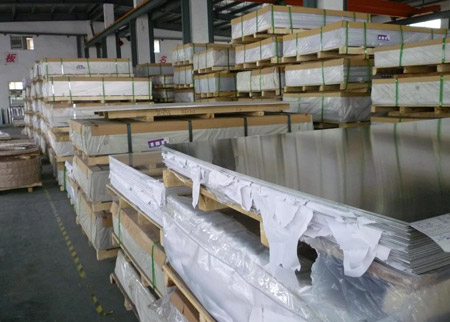



Metallic bonds are formed when positively charged metal ions are surrounded by a cloud of negatively charged electrons. The strength of these bonds affects the physical properties of metals, including their thermal conductivity. In this article, we will explore the relationship between metallic bond strength and thermal conductivity, and determine which metal is a better thermal conductor between aluminum and magnesium.

Metallic bond strength refers to the amount of energy required to break the bonds between metal atoms. In general, metals with stronger metallic bonds have higher melting and boiling points, as well as higher thermal conductivities. This is because stronger bonds allow for more efficient transfer of heat energy between atoms.
Thermal conductivity is the ability of a material to conduct heat. In metals, this is due to the presence of free electrons that can carry heat energy from one atom to another. The higher the thermal conductivity, the more efficient a material is at transferring heat energy.
When comparing aluminum and magnesium, aluminum has a higher thermal conductivity than magnesium. Here are five reasons why:
Atomic Radius: Aluminum has a larger atomic radius than magnesium, which leads to a more loosely packed atomic structure. This allows for more efficient transfer of heat energy between atoms.
Electronegativity: Magnesium has a higher electronegativity than aluminum, which means it attracts electrons more strongly. This results in a stronger metallic bond, but also reduces the mobility of free electrons that contribute to thermal conductivity.
Crystal Structure: Aluminum has a face-centered cubic crystal structure, which allows for greater electron mobility and better heat conduction. Magnesium has a hexagonal close-packed crystal structure, which limits electron mobility and reduces thermal conductivity.
Density: Magnesium has a lower density than aluminum, which means it has fewer atoms per unit volume. This results in less efficient transfer of heat energy.
Melting Point: Magnesium has a lower melting point than aluminum, which means it can melt and lose its crystalline structure at lower temperatures. This reduces its thermal conductivity.
In conclusion, the strength of metallic bonds directly affects the thermal conductivity of metals. Aluminum has a higher thermal conductivity than magnesium due to its larger atomic radius, lower electronegativity, face-centered cubic crystal structure, higher density, and higher melting point.
* Thank you for your inquiry. Please provide your business needs information so that we can better serve you.
This information can help us assign the most suitable person to solve your problem. We will give you feedback within 1-2 working days.
Related Blog







